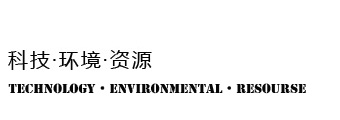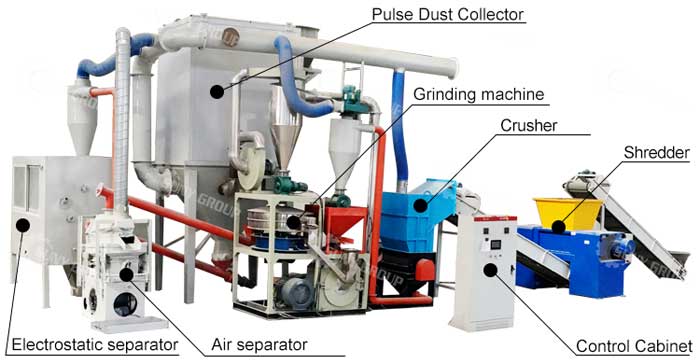6 E-Waste Recycling Facts
Many businesses don’t realize that they should properly recycle their e-waste. It might take a little more initiative, but we can promise you that the benefits are well worth it.
Need more convincing? Check out these top e-waste recycling facts. They’re interesting, shocking, and, most importantly, compelling. By the end of this post, you’ll be rushing to your closest waste recycling provider.
1. The production of one computer and monitor uses 530 pounds of fossil fuels.
When electronic devices reach the end of their lives, their impact is usually apparent. People realize that they end up in landfills and release toxins that harm the environment and humans. More on these effects later.
What may not be as apparent is the impact of electronic devices before they ever leave the manufacturing plant.
For instance, consider what it takes to make one computer and monitor. Manufacturers will use 1.5 tons of water and 48 pounds of chemicals in the production process, not to mention 530 pounds of fossil fuels. That’s a lot of resources to set up one worker’s cubicle!
Knowing how many raw materials go into the production of electronic devices emphasizes the need to properly recycle. If businesses don’t learn how to recycle PC computers, they’ll be furthering their environmental impact long after they leave the office.
2. In 2019, only 17.4% of e-waste was recycled.
There’s no doubt that the production of electronic devices harms the environment. But everyone does everything in their power to properly recycle them, right?
Unfortunately, no. Not everyone nor all businesses are conscious of their impact. Even though the world produced 53.6 million metric tons of e-waste in 2019, only 17.4% was recycled.
3. Unrecycled e-waste led to an unrecoverable $57 billion in raw materials.
What about the other 82.6% of the world’s e-waste? Providers either burned it or tossed it into landfills, which causes environmental effects that we’ll discuss later.
For now, recognize that the lack of waste recycling prevents us from extracting gold, silver, and other raw materials from old devices. 2019 saw $57 billion worth of these raw materials go to waste, forcing manufacturers to put continual stress on the world’s dwindling supply.
4. China and the United States are the world’s leading producers of e-waste.
When hearing all of these numbers about e-waste, you might wonder who’s to blame.
The two main culprits in 2019 were China and the United States, with a production of 10,129 and 6,918 metric tons, respectively.
Especially in today’s world, it seems unreasonable to suggest that these countries limit their production of electronic devices. Thus, it’s important to advocate for sustainable waste recycling practices and electronic recycling laws.
5. E-waste that ends up in landfills contributes to climate change.
When people fail to properly recycle electronic devices, they end up in landfills where providers burn them just to get rid of them.
The burning facilitates the release of carbon dioxide, PBDEs, and raw materials like aluminum, copper, and iron. All of these toxins contribute to climate change and continue to strain Earth’s resources.
It’s also worth mentioning that these toxins aren’t just harmful to the environment — they’re harmful to humans. They pose serious health risks to us when they seep into our air, water, and soil.
6. E-waste accounts for 70% of America’s hazardous waste.
If fact #5 didn’t convince you of the toxic nature of devices, fact #6 will.
E-waste accounts for 70% of all hazardous materials in United States landfills. This statistic is particularly shocking when you consider e-waste only accounts for 2-3% of all trash.
If we properly recycle e-waste, we significantly reduce the amount of hazardous waste floating around. Thus, your business needs to work with a certified electronics recycler like Newtech Recycling.








Leave a Comment